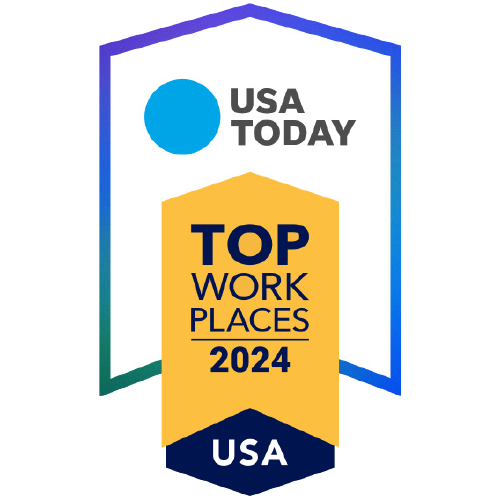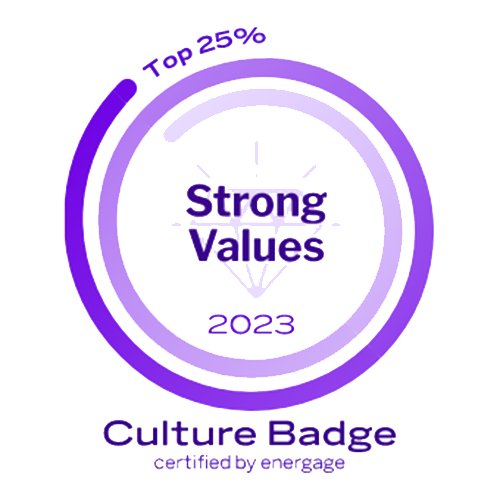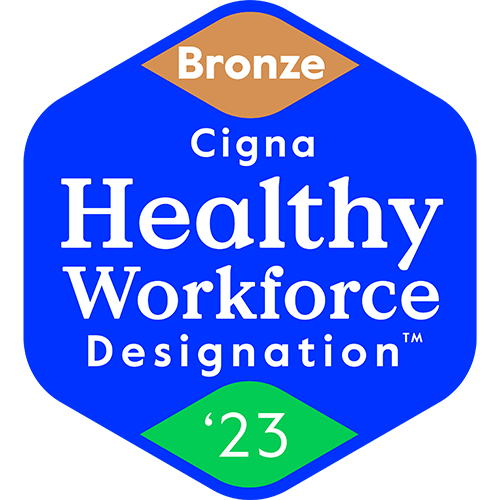If you’re planning an incentive trip for your employees this year, you’ve already got No. 1 checked off your list—reward your employees to show you appreciate their hard work and care about their well-being. But there’s a lot to plan before the trip can get underway, including travel logistics, location, and revving up the team with the details.
As you get ready to incentivize your team with an engaging, bonding adventure, here’s five items to mark off your incentive trip checklist, so that you can ensure your trip is a success—for the company and your employees.
Choose Your Dates With Care
No one wants to go on vacation in the middle of an important deadline, so it’s always a good idea to choose dates that make sense for the overall company and individual employees. Other seasonally relevant considerations include:
- Cold and flu season: What are the chances your team will all end up sick before or after the trip? This could be a factor you’ll want to take into consideration during planning.
- Temperature: With trends showing domestic travel is still highly desirable, heading south in January may not be ideal if your team is excited about warmer climates. If the colder months are a more ideal time of year, the beach may not be the answer. Of course, there’s always Hawaii.
- Destination events: When researching your destination, glancing at the area’s event and festival schedule may help you decide the best dates for employee engagement.
Create Experiences Before the Experience
Boost employee engagement before the trip even takes place. You can start by making the location of the trip a big reveal. Or make it a guessing game, with a prize for the winner.
Creating a theme for the incentive trip can also help employees get excited about it, and it’s something you can use for branding and swag bag items. Of course, relating the theme to the destination will make it all the more memorable.
Destination: Somewhere Unique
The Incentive Research Foundation (IRF) Decision Drivers 2022 report found that incentive trip participants are interested in immersive experiences, local culture, adventure, and more downtime for relaxing activities—all trends to take into account when you’re picking a destination. Unique locations are hot at the moment, so try and choose somewhere new that your team hasn’t already visited year after year.
Market to Your Employees
Planning an incentive trip provides the perfect opportunity to engage your employees, which makes marketing the trip especially important. One way to boost engagement around the trip is to show pictures from previous trips, which will undoubtedly give a visual to the bonding experienced between coworkers as they adventure to a new place. Leading up to the event, marketing tactics can include weekly emails, as well as interesting facts about the location you’ll be visiting, sites to visit, fun activities, or notable restaurants.
Brand That Swag
Whether you’re sending a water bottle, sunglasses, blanket for the airplane, or some other custom gift, incentive trip swag bags can be branded with your company name and logo, as well as trip themes.
Going to the beach? A dry bag for phones or clothing might be just what your employees need.
Journeying to cooler temps? Customized beanies will help keep them warm and identifiable.
Set Your Key Performance Indicators (KPIs)
Make sure you have the right KPIs in place from the onset, so that you can measure the success of your incentive trip program. But make sure the chosen indicators extend beyond just a numbers game of sales performance. Employee engagement and program turnout are both good indicators of success. Of course, if your incentive program is low in numbers, it might be time to change tactics. Point systems and reward systems focused around the incentive trip can indicate levels of engagement, especially if they’re targeted at company-specific goals. Employee retention, productivity, and achieved goals are all relevant KPIs.
Ready to start planning your incentive trip? Download Unbridled’s Incentive Trip Checklist, so you can stay on top of the planning—from start until the adventure comes to an end.











